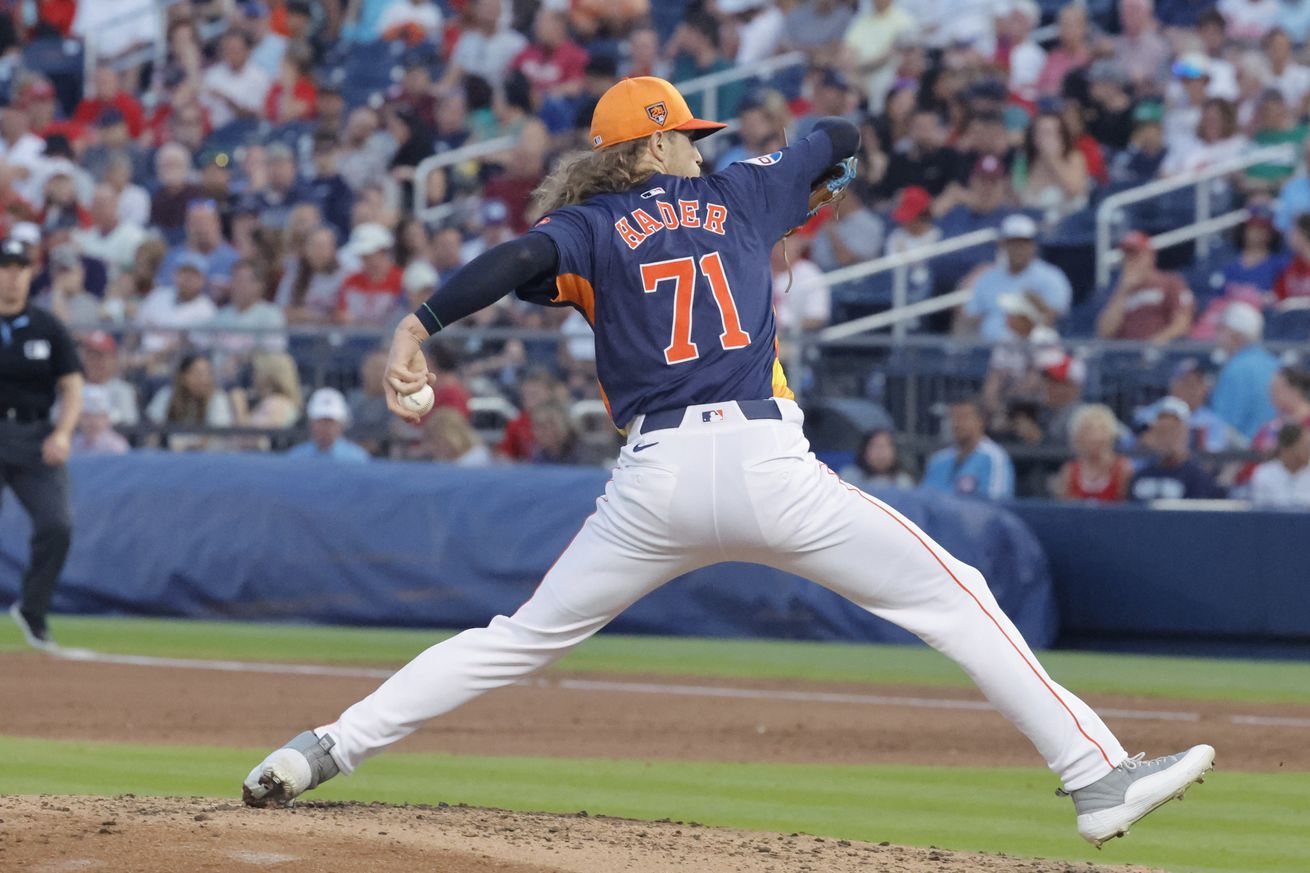
Going into the 2024 offseason Astros were a team without many glaring holes; however, they still had to make some moves to set the team up for success in 2024 and beyond.
In my view, the Astros had three main priorities this off season.
Firstly, they needed to extend some combination of Tucker, Bregman, and Altuve. Or at the very least, not make any moves that would inhibit them from making competitive extension offers.
Secondly, with the imminent departures of Neris, Stanek, and Maton, the Astros needed to acquire some quality bullpen depth.
Lastly, the team needed to bolster the starting rotation.
Crane and Brown spent more than expected this offseason, and they were able to accomplish some of these tasks. However, as whole, the offseason moves the club made have hurt the club, both long term and short term.
Extending the core:
The Astros were able to sign perineal All Star Jose Altuve to a long term deal which expires in 2029. However, Bregman and Tucker remain unsigned to long term deals.
Going into the 2025 season the Astros will have roughly $180 million in salaries tied up. This gives the Astros about 60 million to use on free agents and/or extending players like Bregman and Tucker. The signings of Hader and Cartini do not necessarily preclude Houston from making competitive offers at their core, but it makes it a lot harder.
Bullpen depth:
“You never pay for Saves” is an old adage in fantasy baseball, but it is a good guide for real baseball too. Relievers are too volatile to count on long term, and even season to season it is very hard to make reliable projections considering most relievers only pitch 60 to 70 innings a year.
By giving Josh Hader a 5 year contract worth $95 million, the Astros took a big risk on one player when they had multiple holes to fill.
Maton, Neris, and Stanek combined for 185 innings pitched in 2023. Even if the Astros get a full 60 innings out of Josh Hader in 2024, there are still some significant questions with the rest of the bullpen.
Even if you are of the opinion that it is worth outlaying significant money on relief pitching, you will probably agree that is best to spread that money out on multiple pitchers instead of putting it on one.
The starting rotation:
Although the starting rotation looks good on paper, there are many areas of concern. Verlander and Urquidy are starting the season on the IL. Javier and Valdez are coming off down years. France and Brown may take a big step forward after a good rookie season, but that is not guaranteed. Garcia and LMJ are coming back from injury, but I wouldn’t expect either of them to pitch more than 80 innings.
Even if things break right for Houston, they will still likely need some starting pitching depth beyond what they have in AAA. What is most frustrating is that there was affordable options available in free agency that would not have required a long term contract.
Jordan Montgomery recently signed with the D’backs for a 1 year and $25 million. Kyle Gibson also signed a one year deal with the Cardinals worth $13 million. Barring injuries, both of those guys will likely pitch more than 130 innings. Considering that Blanco and Bielak, combined, started 20 games and pitched 130 innings last year, the Astros could have used more depth in the rotation.
Instead, they used most of their free agent money on ace closer they didn’t really need.
Conclusion:
I am excited that it is opening day as much as the next guy, and but after every move I get less excited about the future. Instead of taking a long term, strategic approach to the club. Crane and Co seem to be more interested in making flashy moves.
By signing Hader to a long term deal, the Astros didn’t preclude themselves from making a competitive offer at Bregman and/or Tucker, but they certainly made it harder. What is even more frustrating is that the financial and draft capital they used this off season did not address their biggest area of need: overall pitching depth.